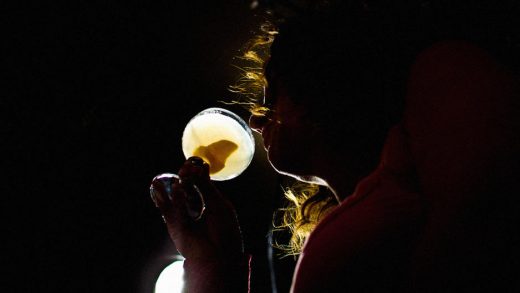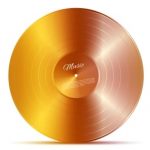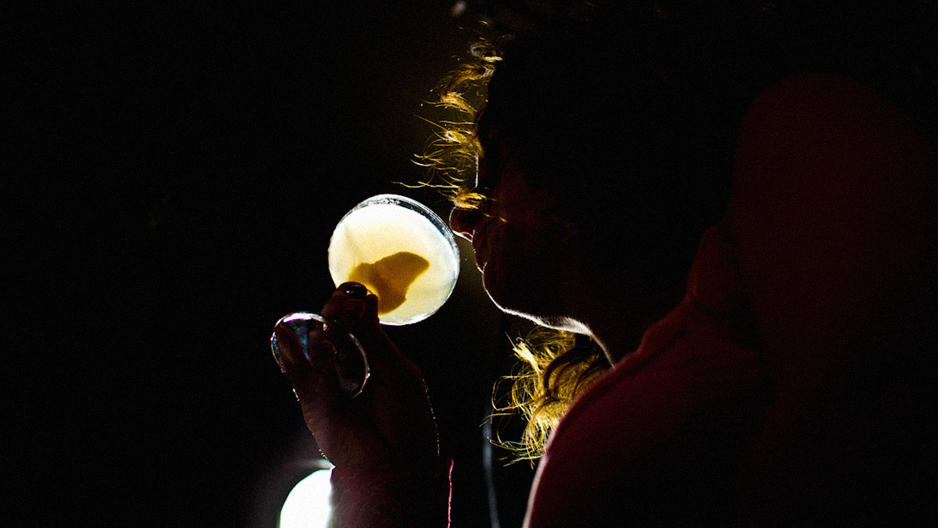Women Are Shaking Up The Craft Spirits Movement. We’ll Drink To That
On a recent Thursday evening in Hollywood, a crowd of painters, dancers, and entrepreneurs are gathered on a rooftop bar. Some guests wear flamboyant homemade costumes, others sport asymmetrical haircuts or mod hats. Members of the predominantly female crowd stand in line for an “altar bar”—a wooden plank adorned with cocktails, candles, and large crystals—while performance artists dance in the background. It’s as if Warhol’s Factory opened its doors to the Witches of Eastwick.
In truth, the individuals assembled here tonight are celebrating GEM&BOLT, a craft mezcal brand whose founders happen to be women.
For years, if you mentioned the spirits industry, the image that came to mind probably involved some men in suits talking to other men in suits in a roomful of men in suits. But in the flourishing craft distillery movement, that old boys image is being redefined as a more sophisticated, nuanced, and yes, female-friendly phenomenon. While men still overwhelmingly get credit for revitalizing the craft beer industry in the past decade, many women are now staking a claim in craft spirits, launching companies with appealing origin stories that reflect a certain type of lifestyle, social grouping, or cultural leaning. They are looking to leave their stamp on a business that has long been considered the domain of the Don Drapers of the world.
Over the past five years, the craft spirits market has grown at a remarkable rate: It reached $2.4 billion in retail sales in 2015, an annual growth of 27% in volume and 27% in value from 2010, according to consumer research group IWSR. Exports of these artisanal spirits reached 523,000 cases last year, adding more than 10% of additional volume to U.S. craft distiller total sales. At present, there are 1,300 craft spirits distilleries in the U.S., nearly triple the count from 10 years ago. The number of craft distillers is projected to surpass 2,800 by 2020.
One reason for the growth is due to the gradual loosening of regulations on spirits, which are typically bound by much stricter laws regarding sales to consumers than beer and wine. But now states like New York are embracing smaller distillers. “There are a ton of startups and new companies being founded every day,” says Alexandra Sklansky, director of communications for the American Craft Spirits Association. “There are tons of leading women within our industry, and I don’t think they’re getting attention because they’re women,” she continues. “I think they get attention because they make good products or have unique points of views.”
One of them is Maggie Campbell, head distiller of Privateer Rum in Massachusetts. Another is Renee Bemis, co-owner of Driftless Glen in Wisconsin. There’s also Courtney McKee, owner of Headframe Spirits, and dozens more enterprising women.
Many of the new distilleries add an artistic touch to spirits through ingredients, packaging, and branding. Like the craft beer movement, these spirits companies aim to distinguish themselves from their more established competitors and entice what Sklansky refers to as the “Food Generation”: Consumers who want to know where their food and drink comes from, what’s in them, and why.
“Just like the slow food movement, there is a desire to eat locally, to gravitate toward local and interesting ingredients, to support your community,” she says. “And that’s really extending to the crafts distillery industry as well.”
The “cocktail renaissance” that emerged over the last decade has also contributed to a stronger interest in craft distilleries. It’s what gave us revered bars such as New York’s Milk & Honey, Death & Co, and Pegu Club. As Kevin Gray, editor of Cocktail Enthusiast, explains, “Bartenders played a really big role in popularizing [craft spirits] by putting it on their menus. They helped to bring it out of their shadows.” Mezcals, bourbons, and craft whiskeys are now found in bars in pretty much any city in the world.
“Consumers are no longer just going to the bar and ordering rum and coke or vodka soda,” says Bridget Firtle, owner of The Noble Experiment distillery in Brooklyn. “They’re ordering off of menus that have been curated by people who are really interested in making cocktails. It’s given us a platform to get exposure.”
Firtle was a hedge fund analyst when she decided to quit Wall Street in 2012 to establish her own distillery. While whiskey and bourbon were hot commodities, Firtle noticed a lack of production for her favorite alcohol, rum. So she set out to produce a “purist, farm-to-table” rum: a light variety without added sugar and artificial or barrel flavoring. It’s made with just three ingredients: filtered New York City tap water, non-GMO Florida sugarcane molasses, and a proprietary yeast strain.

Firtle notes that the internet has brought exposure to distillers like herself who can promote their brand to savvy customers. “Consumers are becoming more sophisticated with their palates and with their food and beverage choices,” she says. “Each year, we’re getting bigger and stronger… And there seems to be a lot of women who are influential in this space.”
The American Craft Spirits Association’s Sklansky believes that smaller spirits makers can cultivate brand evangelism that bigger companies can’t. The appeal of a niche-market product, plus the fact that customers can visit their local distillery, can foster a certain allegiance that would be harder for, say, Johnny Walker to create.
“There’s a sense of creativity and innovation that exists on the craft distillers level that doesn’t exist with the major conglomerates and big players,” Sklansky says. Because craft distilleries don’t need to scale or achieve the same financial bottom lines that many of the big players do, they’re able to take more risks. To stand out, they have to offer something distinct and creative—playing with a specific type of agave, for instance.
GEM&BOLT’s mezcal is infused with damiana, a traditional Mexican herb with mythological and medicinal properties. While it’s produced by a master distiller in Oaxaca, Mexico, it’s distributed in cities such as Los Angeles and Austin by founders and artist-alchemist duo AdrianAdrina and Elliott Coon. Jody Levy, cofounder of the beverage company WTRMLN WTR, is a partner, and Lisa Derman, who was an exec at Stoli Group USA, is CEO.

The founders chose mezcal, a smoky member of the tequila family, because it’s considered an artisanal spirit, something that would appeal to their health-conscious community of creative types. They wanted to develop a clean, botanical alternative to traditional spirits that could be sold commercially. “The way that mezcal is made—the craft really…resonated with the artists,” AdrinAdrina says. (Also helpful for their sales forecasting: U.S. tequila volume has grown 106% since 2002, according to the Distilled Spirits Council of the United States.)
AdrinAdrina and Coon officially founded the company in 2012, and began throwing speakeasies in Oakland and Oaxaca, marketing themselves as an indie brand with a celebratory alternative vibe. Their GEM&BOLT bottles, emblazoned with a modern graphic logo of a diamond and lightning bolt, conveyed their fresh take on an old industry. Business had been strong, but really started booming in June. Over three months, the number of locations that sell the product went from zero to more than 40 in Austin, and to nearly 30 accounts in L.A.
Levy attributes GEM&BOLT’s success to what she calls “this huge body of consumers that really want to support brands that have a story, that are giving back, and that have a mission.” She says that millennials in particular appreciate the sense of community the brand espouses: They can follow the founders on Instagram, visit the distillery, and get to know the staff at parties. And they would appear to make up a solid customer base: A new study by BMJ reveals that millennial women drink just as much as their male counterparts, closing a two-to-one gap from a century ago. They’re breaking stereotypes too: Women now account for 37% of American whiskey customers, according to trend forecasting firm Future Laboratory.
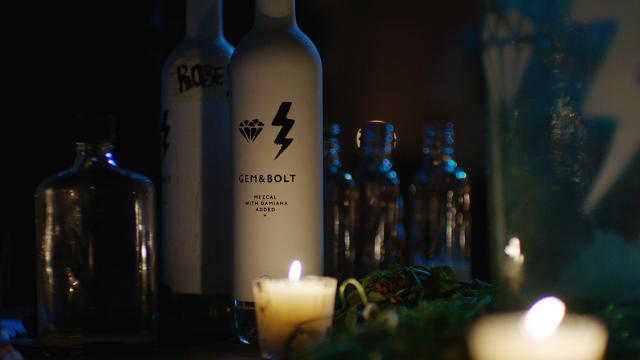
AdrinAdrina adds that GEM&BOLT aims to attract people who drink their mezcal the way an oenophile savors a glass of pinot noir. These are not customers who are looking to get black-out drunk. “We’re into celebrating and making it an elevated experience,” she says.
This past fall, the company partnered with outlets like Soho House Malibu and Neuehouse Los Angeles to service a community of like-minded individuals: creative entrepreneurs. Though they the founders say they did not set out to create a woman-led company, it certainly adds another marketing-friendly thread to their brand’s narrative.
For Derman, who has worked in the alcohol beverage industry for 20 years and had almost always reported to male CEOs, the chance to join GEM&BOLT as CEO offered a thrilling change. “It is a unique opportunity in this industry, and I don’t know that you see it that often these days,” she says.
The GEM&BOLT team is optimistic that the once male-dominated spirits landscape will continue to change for the better. “We haven’t felt any barriers,” AdrinAdrina says. “The world is ready for women to step into these worlds now.”
Melissa Katrincic agrees. She’s the founder and CEO of Durham Distillery, which, based in North Carolina, puts a modern-chemistry spin on gin. Cucumbers and honeysuckle flowers are individually vacuum-distilled at room temperature and blended into the gin. The company was just named No. 2 U.S. craft gin distillery by USA Today. (St. Augustine Distillery, housed in what is known as “Florida’s oldest ice plant” was No. 1.)
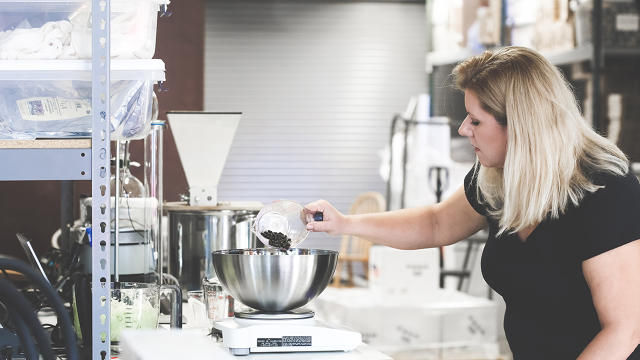
Katrincic founded her distillery in 2013 after having worked in the pharmaceutical industry. And other than the occasional condescending reaction from distributors surprised to be dealing with a woman, she says the experience has been positive.
“There have been only handful of obstacles that I felt were because I was a woman pursuing distilling,” she says. “I haven’t run into anything that was telling me that I made the incorrect choice.”
In fact, Katrincic argues that craft spirits is more welcoming to women as an industry than craft beer, if only because there are fewer entrenched clichés to battle. “I don’t feel like there’s a stereotype associated yet with who the [craft spirits] distiller has to be, whereas when you think about craft beer … I have that vision of who that is,” she says, referring to the familiar archetype of a hipster bearded male thirty-something who wears a lot of plaid and most certainly lives in Brooklyn.
What she hopes is that companies like hers will continue to offer tangible proof that women enjoy hard alcohol just as much as men. “It’s opening people’s eyes,” she says. “I have not gotten anyone that comes in for a tour and is surprised that I’m a female distiller. If anything, we get a lot of women who say, ‘This is awesome. I’m so thankful to have a woman who just went for it.’
“And then they say, ‘I love gin.’”
Fast Company , Read Full Story
(58)

